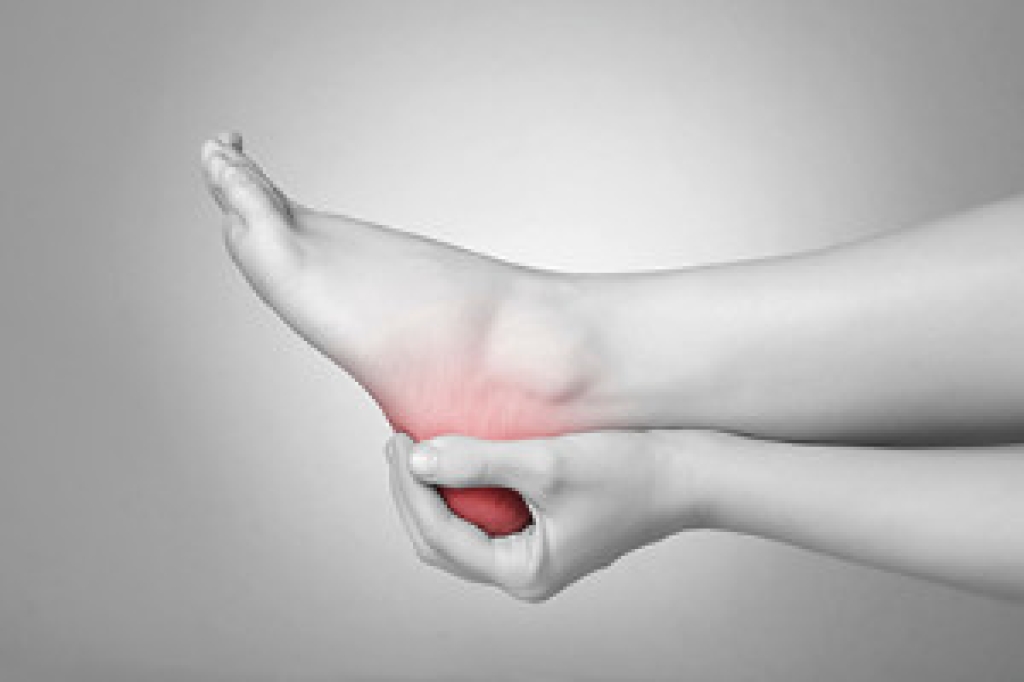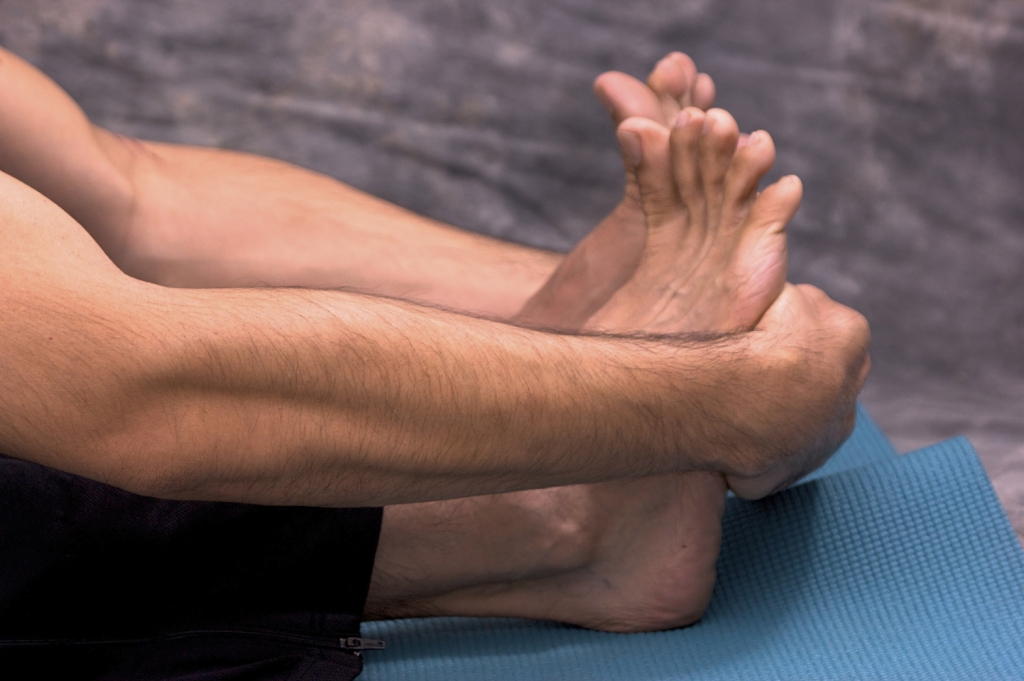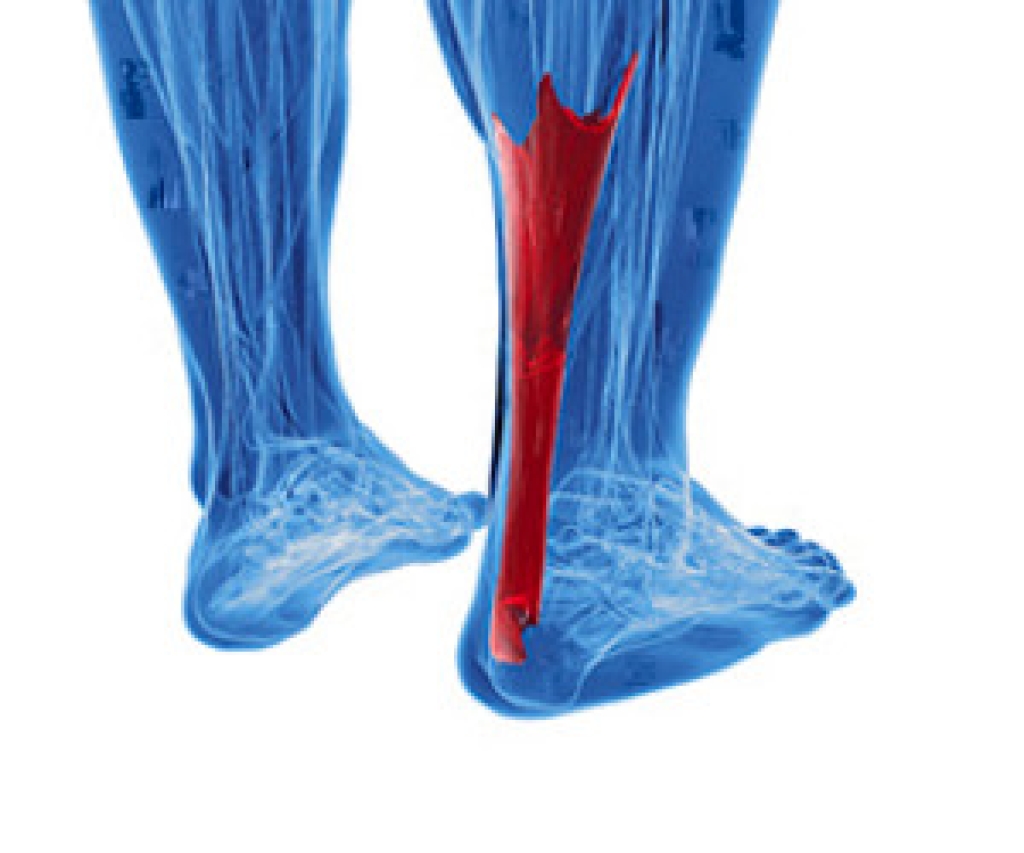 Swollen feet are a common result of pregnancy. While the fetus puts extra weight on the feet and legs, circulation also slows and fluid can build up. This ultimately leads to the feet swelling. Pregnant women whose feet have swollen should avoid standing for long periods of time, slightly elevate the feet, limit salt intake, keep hydrated, wear comfortable shoes and socks, and massage the feet regularly. While foot swelling is normal during pregnancy, a sudden or rapid increase in swelling should be checked by a podiatrist. It is also important to seek medical attention if one foot is more swollen than the other, there is pain or heat in the calf, or the skin is red or discolored.
Swollen feet are a common result of pregnancy. While the fetus puts extra weight on the feet and legs, circulation also slows and fluid can build up. This ultimately leads to the feet swelling. Pregnant women whose feet have swollen should avoid standing for long periods of time, slightly elevate the feet, limit salt intake, keep hydrated, wear comfortable shoes and socks, and massage the feet regularly. While foot swelling is normal during pregnancy, a sudden or rapid increase in swelling should be checked by a podiatrist. It is also important to seek medical attention if one foot is more swollen than the other, there is pain or heat in the calf, or the skin is red or discolored.
Pregnant women with swollen feet can be treated with a variety of different methods that are readily available. For more information about other cures for swollen feet during pregnancy, consult with one of our podiatrists from Lexington Foot and Ankle Center, PSC. Our doctors will attend to all of your foot and ankle needs.
What Foot Problems Can Arise During Pregnancy?
One problem that can occur is overpronation, which occurs when the arch of the foot flattens and tends to roll inward. This can cause pain and discomfort in your heels while you’re walking or even just standing up, trying to support your baby.
Another problem is edema, or swelling in the extremities. This often affects the feet during pregnancy but tends to occur in the later stages.
How Can I Keep My Feet Healthy During Pregnancy?
- Wearing orthotics can provide extra support for the feet and help distribute weight evenly
- Minimize the amount of time spent walking barefoot
- Wear shoes with good arch support
- Wear shoes that allow for good circulation to the feet
- Elevate feet if you experience swelling
- Massage your feet
- Get regular, light exercise, such as walking, to promote blood circulation to the feet
If you have any questions, please feel free to contact our offices located in Harrodsburg, Frankfort, Georgetown, and Lexington, KY . We offer the newest diagnostic and treatment technologies for all your foot care needs.



